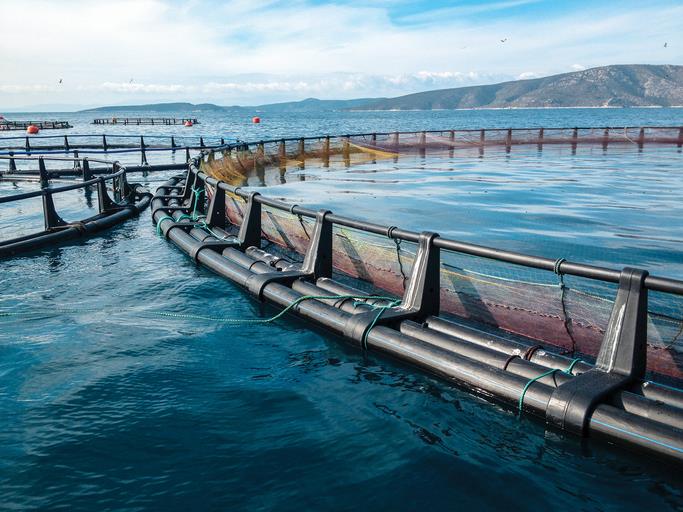(MENAFN- Frost & Sullivan)
New Cloud-based Technologies Drive Innovation in the Aquaculture Industry
Discover the challenges and opportunities ahead for the aquaculture industry, in the path of incorporating digital solutions

Projections regarding global demand for seafood continue to rise but concerns regarding not only industry capacity but the effects of this market on the environment are also a point of focus. According to the Food and Agriculture Organization of the United Nations (FAO), the growing demand for fish and other aquatic foods is rapidly changing the fisheries and aquaculture sector.
Consumption is expected to increase by 15% to supply on average 21.4 kg per capita in 2030, driven mostly by rising incomes and urbanization, changes in post-harvest practices and distribution, as well as dietary trends focusing on better health and nutrition. Total production of aquatic animals is expected to reach 202 million tons in 2030 , mainly due to the continuing growth of aquaculture, projected to reach 100 million tons for the first time in 2027 and 106 million tons in 2030.
The aquaculture market, historically recognized for being a very conservative market, is currently a target for great technological innovations, allowing it to take the experience of other markets and quickly adapt it to their needs, but even so, it is necessary to have the collaboration and partnership of different stakeholders. of the value chain so that its implementation is efficient. Recirculating aquaculture systems (RAS) are one of the leading technologies adopted, and technology providers are currently looking for ways to convert them into more sustainable and efficient solutions.
We recently had the chance to talk with Igal Magen, CTO and Co-founder of BioFishency , who told us about how the aquaculture market is seeing this rapid growth and the need for the industry to adapt to more sustainable practices with the environment and producers. With the incorporation of technologies that include the electro-oxidation process, producers have the possibility of incorporating a solution that does not depend on biofilters and bacteria, resulting in completely disinfected water. These types of solutions also allow great savings in the use of water in the process, since the purging process that currently must be carried out with older technologies is eliminated.
Another innovation that is rapidly being incorporated into the aquaculture industry is the cloud-based connection, which allows producers to keep track of their processes in real-time and with total transparency.
The incorporation of this type of technology will allow companies not only to improve and expand their services but to do so in a more sustainable way and even reduce the costs of their operations. The incorporation of cloud-based technologies allows companies to reduce their operating costs, keep track of their services in real time, anticipate problems that may arise, and allows them to make decisions based on real and concrete data.
Solution providers of this type will be key allies in the coming years on the path of a more sustainable aquaculture market, which have an end-to-end vision of the processes and allow the right solutions to be provided in each scenario. The creation of partnerships between companies from different parts of the value chain will boost this market, with different parties involved with common objectives structuring and achieving sustainability goals, the transition towards a circular economy will be increasingly accelerated.
At Frost & Sullivan, we are working on our next publication of a Global Report on Sustainability and Circular Economy in the Global Aquaculture Industry , where we will highlight the companies' profiles that stand out in this market.
About Victoria Courtade

Victoria Courtade serves as an Industry Analyst in the Sustainability and Circular Economy Team. Her expertise covers water and waste management technology and the service market. She covers key areas such as sustainability and the circular economy, risk and resilience, and digital transformation within both smart water management as well as the smart waste recycling industry.
View all posts by Victoria Courtade
MENAFN17012024005545012248ID1107735423
Legal Disclaimer:
MENAFN provides the information “as is” without warranty of any kind. We do not accept any responsibility or liability for the accuracy, content, images, videos, licenses, completeness, legality, or reliability of the information contained in this article. If you have any complaints or copyright issues related to this article, kindly contact the provider above.